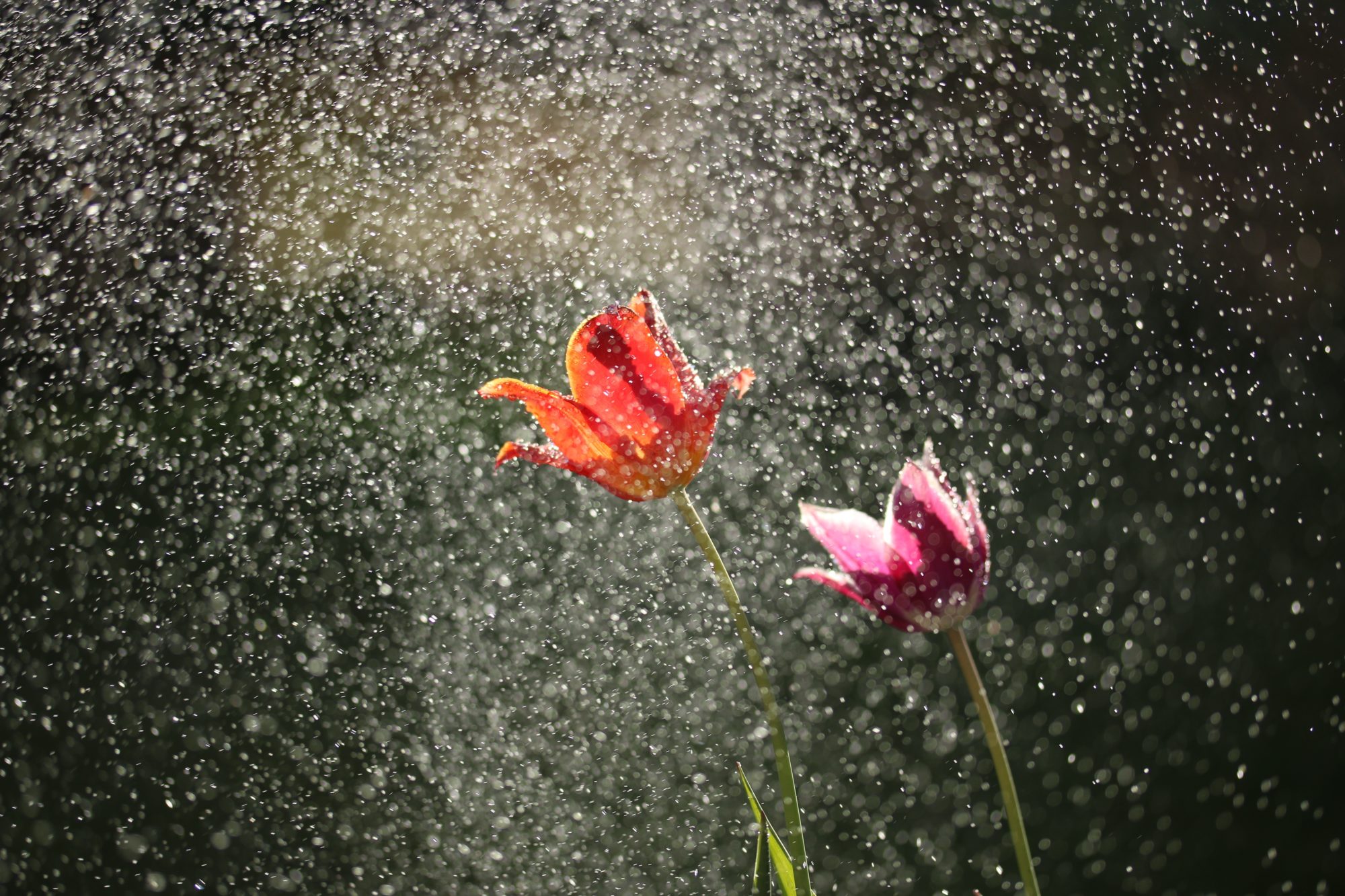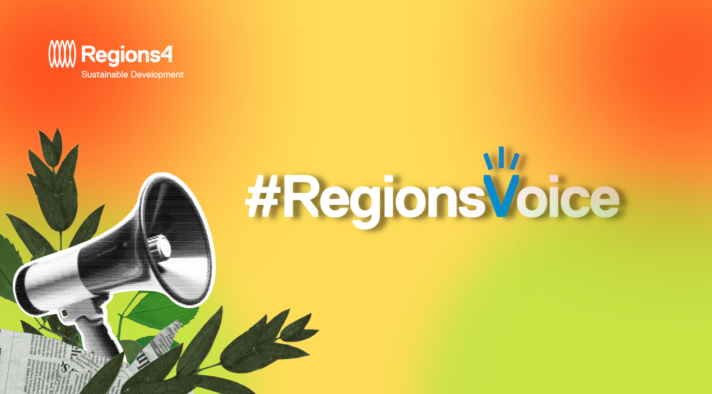To continuously create awareness and showcase the climate challenges faced by regional governments, RegionsAdapt presents the climate challenge of the month. On this occasion we share a video of RegionsAdapt member British Columbia, introducing their efforts on rainwater management.
British Columbia is a Canadian province located in the west of the country between the Pacific Ocean and the Rocky Mountains. It has an estimated population of 5.016 million inhabitants as to 2018. In British Columbia, climate change is expected to bring more intense short duration storms and increased runoff from roof and pavement. To adapt to these impacts, the province is working to increase the use of low impact green infrastructure across the urbanizing watersheds.
One of the measures to contain storm waters is the construction of stormwater detention ponds or constructed wetlands, that help retain the flows of water, the risks of flooding in urban areas and in-stream erosion. Another measure is the development of previous pavement and rain gardens that take water from roof or pavement and soak back into the soil, helping infiltration and preventing flooding. Infiltration into soil is very effective, as it takes out pollutants and brings out clean, cool groundwater to streams.
Rain gardens can absorb up to 90% of rainfall. The use of green infrastructure practices has become more common, as more leading developers and governments use this innovation as a part of low-impact urban development to protect ecosystems from the impacts of climate change.
To know more about British Columbia’s actions for climate adaptation, check out the BC Adapts video series. Watch the full video on Introduction to Rainwater Management here.



